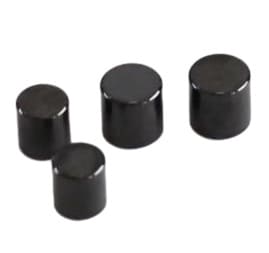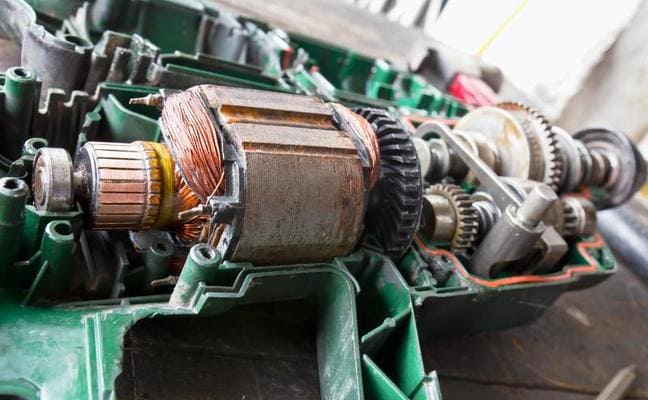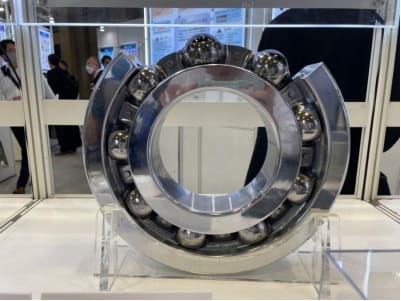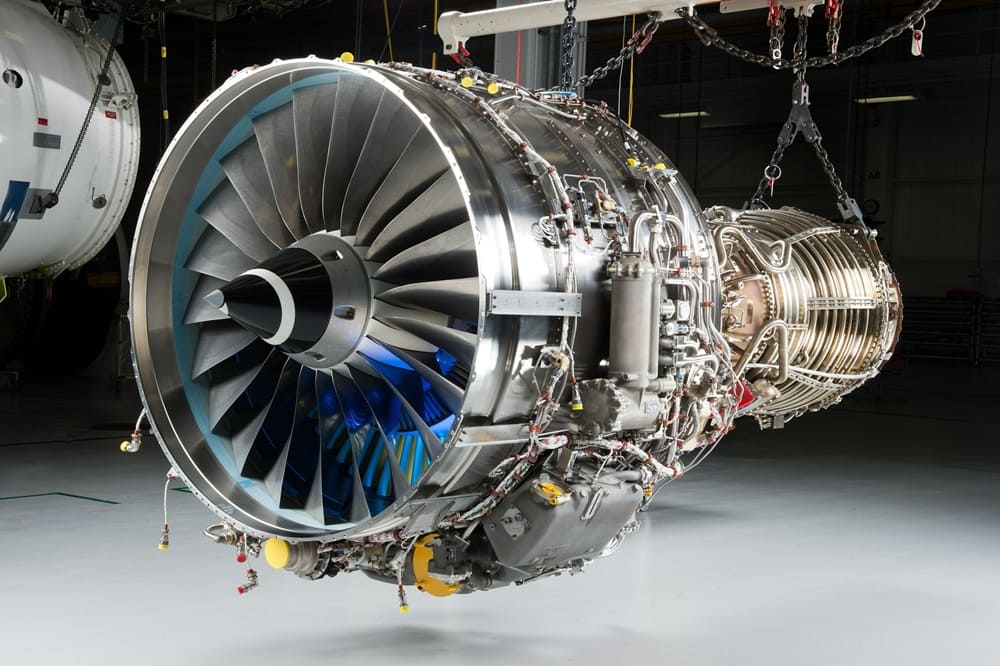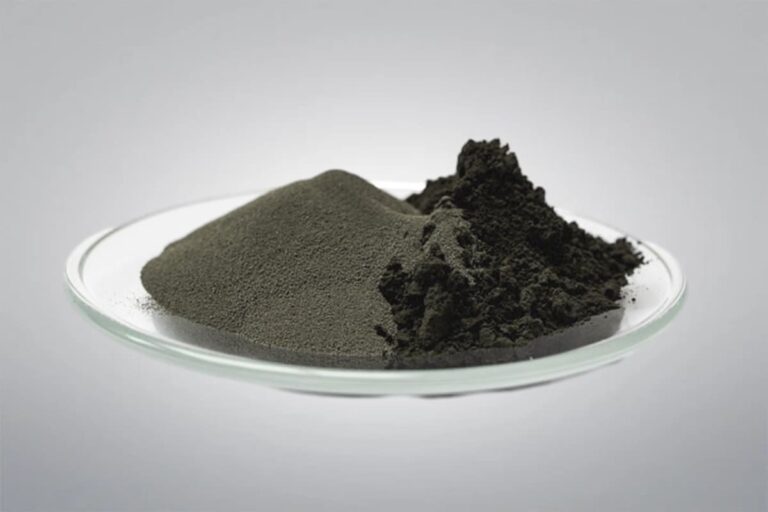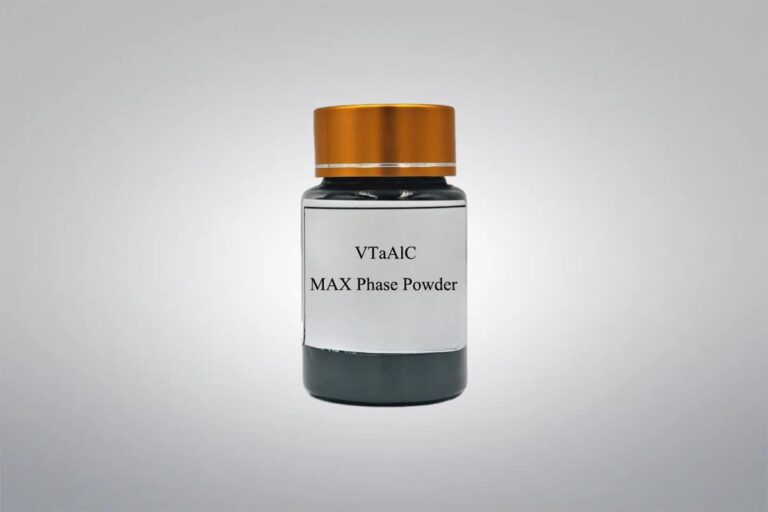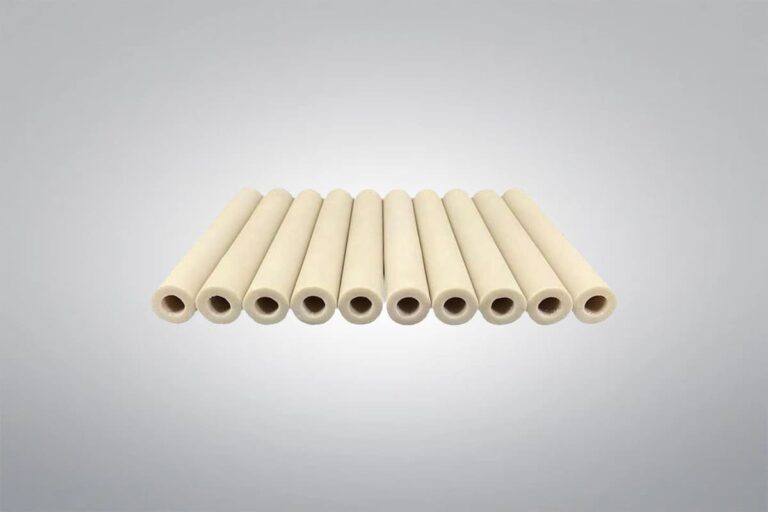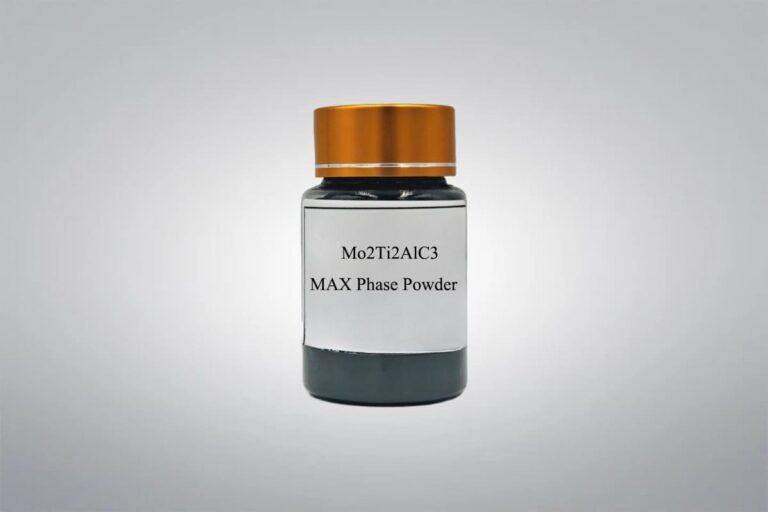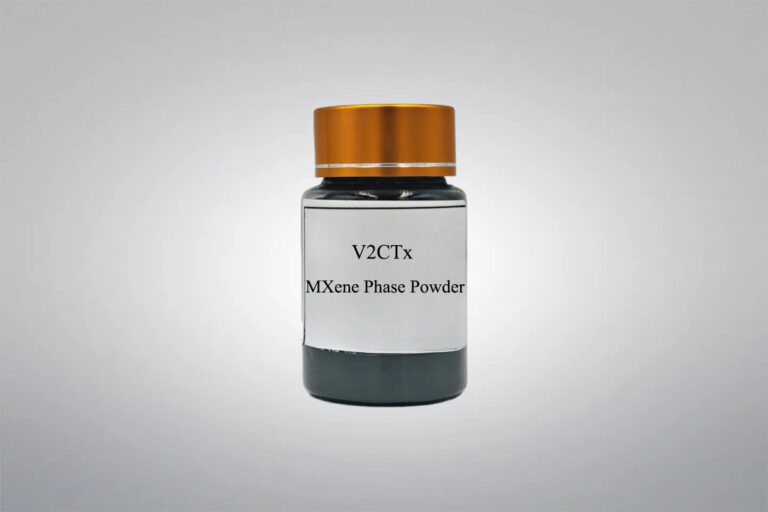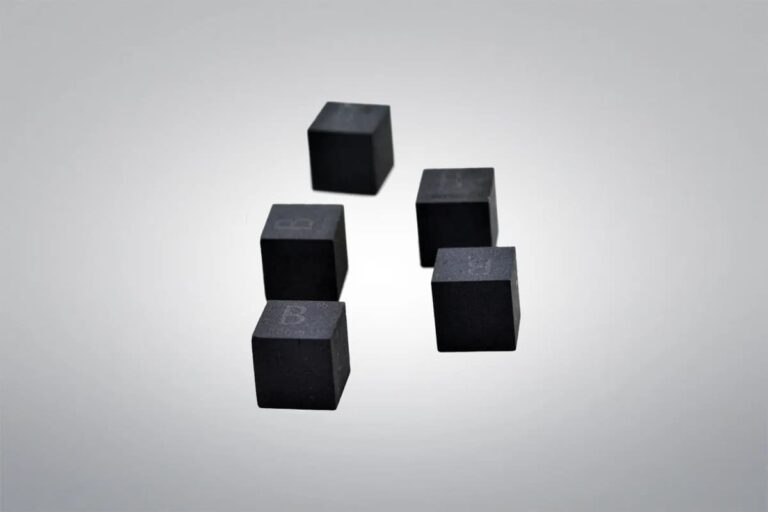Silicon Nitride Bearing Roller
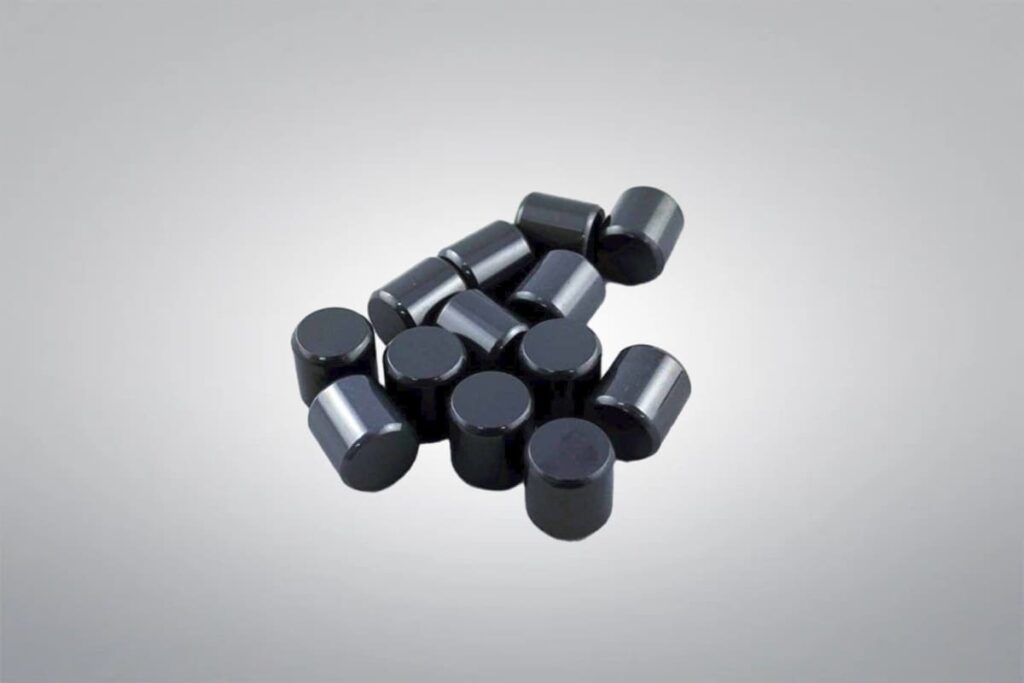
Silicon Nitride Bearing Roller
Purity: ≥99%
Diameter: φ6×6~φ50.8×50.8 mm, or customized
Silicon Nitride Bearing Roller is made from high-performance Si₃N₄ ceramic and is engineered for demanding bearing systems that require superior durability and precision. These rollers are commonly used in aerospace, automotive, electronics, and industrial machinery, where conventional steel components may fall short. Thanks to their high hardness, low density, and exceptional wear resistance, silicon nitride bearing rollers help reduce friction, minimize maintenance, and extend the service life of equipment. We can supply high-quality silicon nitride bearing roller with various specifications and competitive prices, offering customized solutions to meet specific requirements.
Or email us at sales@heegermaterials.com.Silicon Nitride Bearing Roller Data Sheet
| Reference Code: | HM2558 |
| Purity: | ≥99% |
| Color: | Black |
| Shape: | Cylinder |
| Chemical Formula: | Si3N4 |
| Material Grades: | HMSN1000, HMSN2000, HMSN3000, HMSN4000 |
| Density: | 3.20 g/cm3 |
| Diameter: | φ6×6~φ50.8×50.8 mm, or customized |
Silicon Nitride Bearing Roller Description
Silicon Nitride Bearing Roller offers a lightweight yet strong solution for advanced bearing applications, especially in harsh or high-speed environments. Unlike metal rollers, it resists wear, corrosion, and thermal expansion, making it a reliable choice for use in extreme conditions. Its non-magnetic and electrically insulating nature also makes it suitable for precision instruments and cleanroom machinery.
Silicon Nitride Bearing Roller Specification
| Material | Si3N4 |
| Size | φ6×6 mm~φ50.8×50.8 mm, or customized. |
| Sinter Technology | GPS, HIP |
| Applications | 1mm dental drill bearings 10mm insulated bearings for new energy automobile motors 50.8mm insulated bearings for wind power generation Spindle bearings for machine tools |
Silicon Nitride Bearing Roller Features
- High Hardness & Strength: With a Vickers hardness up to 1500 HV and flexural strength around 600 MPa, these rollers perform reliably under heavy loads and resist cracking or chipping.
- Exceptional Wear Resistance: The dense, hard ceramic structure minimizes wear over time, extending service life even in high-speed or abrasive conditions.
- Lightweight Design: At only about 40% the weight of steel, silicon nitride reduces the overall mass of bearing assemblies, enhancing system efficiency and response time.
- Thermal & Corrosion Stability: Capable of withstanding temperatures up to 1200 °C and resistant to chemical attack, they’re suitable for demanding environments like aerospace, automotive, or chemical processing.
- Smooth Surface Finish: Precisely ground surfaces reduce friction and operating temperature, ensuring stable, low-maintenance performance at high speeds.
- Self-Lubricating & Electrically Insulating: Operates without the need for additional lubrication and prevents current leakage in electric motor applications.
Silicon Nitride Bearing Roller Applications
- Aerospace: Used in jet engines and aircraft systems where they must endure extreme temperatures, high loads, and pressure variations with minimal failure risk.
- Automotive: Integrated into high-performance drivetrains and turbochargers to reduce weight, improve fuel economy, and enhance engine responsiveness.
- Electronics: Applied in high-speed components like precision spindles and electric motors, where they help lower friction, heat buildup, and downtime.
- Industrial Machinery: Ideal for demanding systems such as textile equipment and automated production lines, where high-speed rotation and long service life are essential.
- Medical Equipment: Utilized in diagnostic devices and rotating tools that require low friction, chemical resistance, and consistent performance.
Silicon Nitride Material Properties
Silicon Nitride Material Grades
HMSN1000 is produced through a gas over-pressure sintering technique, which is widely recognized for enabling the manufacture of high-strength silicon nitride parts with intricate shapes. The process starts with a silicon nitride powder blend that includes sintering additives—such as yttria, magnesium oxide, or alumina—to create a liquid phase during sintering, as well as binders to enhance the structural integrity of the pre-sintered form. After shaping the powder into the desired geometry and performing any necessary green machining, the components are densified in a nitrogen-pressurized furnace. This environment ensures proper consolidation while minimizing material loss due to evaporation or decomposition of silicon, nitrogen, and the additive elements.
Common Uses
- Components for aerospace systems
- Rolling and sliding elements in bearing units
- High-durability parts for internal combustion engines
- Tools and accessories for casting and metal processing
- Structural parts in mechanical assemblies
- Biocompatible elements for medical devices
HMSN2000 is manufactured using a hot pressing technique, where silicon nitride powder is compacted under high pressure and elevated temperature simultaneously. This method relies on specialized equipment, including precision dies and uniaxial presses. The result is a dense ceramic with outstanding strength and durability. However, the process is best suited for forming basic geometries due to the limitations of the equipment. Since components cannot be machined in the pre-sintered (green) state, all post-processing must be done through diamond grinding, which is both time-consuming and costly. As a result, this method is generally reserved for small-scale production of straightforward parts where premium material performance is required.
Common Uses
- Structural parts in aircraft and spacecraft systems
- Equipment and piping components in chemical processing industries
- Friction-resistant elements for engines
- Tools and wear parts used in metal casting environments
- Load-bearing and precision parts in industrial machinery
- Specialized pieces in medical and dental instruments
HMSN3000 utilizes the Hot Isostatic Pressing (HIP) process, where silicon nitride powder is compacted under both high pressure and high temperature. The material is placed in a chamber that is pressurized with inert gas, subjecting the component to uniform pressure from all sides at up to 2000 bar while it is simultaneously heated. This method helps to remove any residual porosity or defects during the sintering process, resulting in a material with a density close to its theoretical maximum. While HIP significantly improves the mechanical properties, durability, and overall reliability of the material, the high cost and complexity of the process limit its use to highly specialized applications.
Common Uses
- Components for aerospace and defense industries
- Precision bearing applications, especially in high-performance environments
- Equipment and components in chemical processing and industrial plants
- Engine parts subjected to extreme wear and thermal stress
- Foundry tools and wear-resistant components
- High-performance parts for mechanical engineering systems
- Medical components requiring high strength and biocompatibility
HMSN4000 is produced through an extruded gas over-pressure sintering process, where silicon nitride powder is blended with sintering additives, such as yttria, magnesium oxide, and/or alumina, to facilitate liquid-phase sintering. Additionally, binders are incorporated to enhance the mechanical properties of the green ceramic structure. The extrusion process helps form the material into the desired shape, and the parts are then subjected to gas over-pressure sintering in a controlled environment. This method ensures uniform density and superior mechanical performance, making it ideal for high-performance applications.
Common Uses
- Aerospace industry components
- Bearings used in high-performance machinery
- Equipment for chemical plants and industrial processing
- Wear-resistant parts for engines
- Components used in foundry operations
- Parts for mechanical engineering systems
- Medical-grade components for high-precision instruments
Silicon Nitride Ceramic Machining

Silicon nitride can be machined in green, biscuit, or fully sintered forms, each with different machining properties. In green or biscuit states, it is easier to shape into complex forms, but the material shrinks about 20% during sintering, affecting dimensional accuracy. For tight tolerances, fully sintered silicon nitride must be machined using diamond tools, a precise but costly process due to the material’s hardness and toughness.
Machining Methods and Considerations:
- Green or Biscuit Machining: Easier to machine into complex shapes but lacks final dimensional accuracy.
- Sintering Shrinkage: The material shrinks approximately 20% during the sintering process, affecting post-sintering dimensions.
- Tight Tolerances: For precise dimensions, post-sintered material must be machined using diamond tools.
- Diamond Grinding: This technique involves the use of diamond-coated tools or wheels to abrade the material and achieve the desired shape.
- Cost and Time: Machining fully dense silicon nitride is a slow, expensive process due to the hardness and toughness of the material.
Silicon Nitride Ceramic Packaging
Silicon nitride ceramic products are typically packaged in vacuum-sealed bags to prevent moisture or contamination and wrapped with foam to cushion vibrations and impacts during transport, ensuring the quality of products in their original condition.
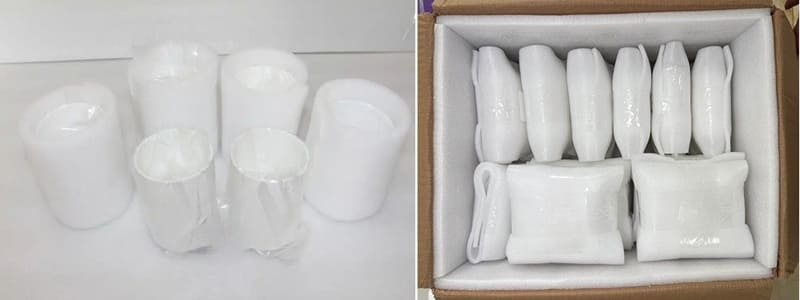
Download
Get A Quote
We will check and get back to you in 24 hours.

